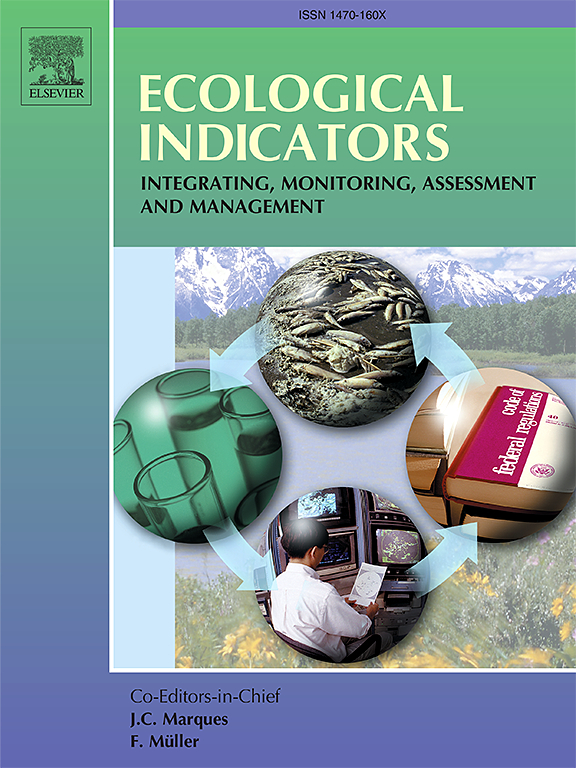Exploring the spatiotemporal variation of carbon storage on Hainan Island and its driving factors: Insights from InVEST, FLUS models, and machine learning
IF 7
2区 环境科学与生态学
Q1 ENVIRONMENTAL SCIENCES
引用次数: 0
Abstract
Land use/cover changes (LUCCs) significantly influence the carbon cycle. However, as an important conservation area in China, the impact of the LUCCs on carbon storage (CS) in Hainan Island has not been systematically studied. This study integrates the InVEST and FLUS models to analyze the historical and future changes in CS, and uses machine learning algorithms to explore the driving forces behind the spatial heterogeneity of CS. The main results are as follows: (1) The CS distribution on Hainan Island shows a spatial pattern of higher levels in the central mountainous areas and lower levels along the coast. From 1990 to 2020, CS decreased by 2.28 × 106 t, primarily in coastal regions. (2) Natural factors, such as elevation and normalized difference vegetation index, play a decisive role in the spatial heterogeneity of CS, while anthropogenic factors, such as population density and gross domestic product, also have a significant impact on CS. (3) According to predictions for three scenarios (natural development, rapid development, and ecological protection), CS is expected to decrease by 3.11 × 106 t and 4.06 × 106 t in the natural development and rapid development scenarios, respectively, by 2050. However, under the ecological protection scenario, the decline in CS is effectively controlled, with a decrease of only 0.27 × 106 t. This study combines the InVEST, FLUS, and CatBoost models for an in-depth analysis of the spatiotemporal variations in CS and the underlying driving mechanisms. “It offers a novel framework for carbon management in tropical islands and other similar regions. Based on these findings, we recommend strengthening ecological protection on Hainan Island, limiting the unchecked expansion of urban areas, and striking a balance between economic development and ecological conservation to support the achievement of carbon neutrality goals.
求助全文
约1分钟内获得全文
求助全文
来源期刊

Ecological Indicators
环境科学-环境科学
CiteScore
11.80
自引率
8.70%
发文量
1163
审稿时长
78 days
期刊介绍:
The ultimate aim of Ecological Indicators is to integrate the monitoring and assessment of ecological and environmental indicators with management practices. The journal provides a forum for the discussion of the applied scientific development and review of traditional indicator approaches as well as for theoretical, modelling and quantitative applications such as index development. Research into the following areas will be published.
• All aspects of ecological and environmental indicators and indices.
• New indicators, and new approaches and methods for indicator development, testing and use.
• Development and modelling of indices, e.g. application of indicator suites across multiple scales and resources.
• Analysis and research of resource, system- and scale-specific indicators.
• Methods for integration of social and other valuation metrics for the production of scientifically rigorous and politically-relevant assessments using indicator-based monitoring and assessment programs.
• How research indicators can be transformed into direct application for management purposes.
• Broader assessment objectives and methods, e.g. biodiversity, biological integrity, and sustainability, through the use of indicators.
• Resource-specific indicators such as landscape, agroecosystems, forests, wetlands, etc.
 求助内容:
求助内容: 应助结果提醒方式:
应助结果提醒方式:


